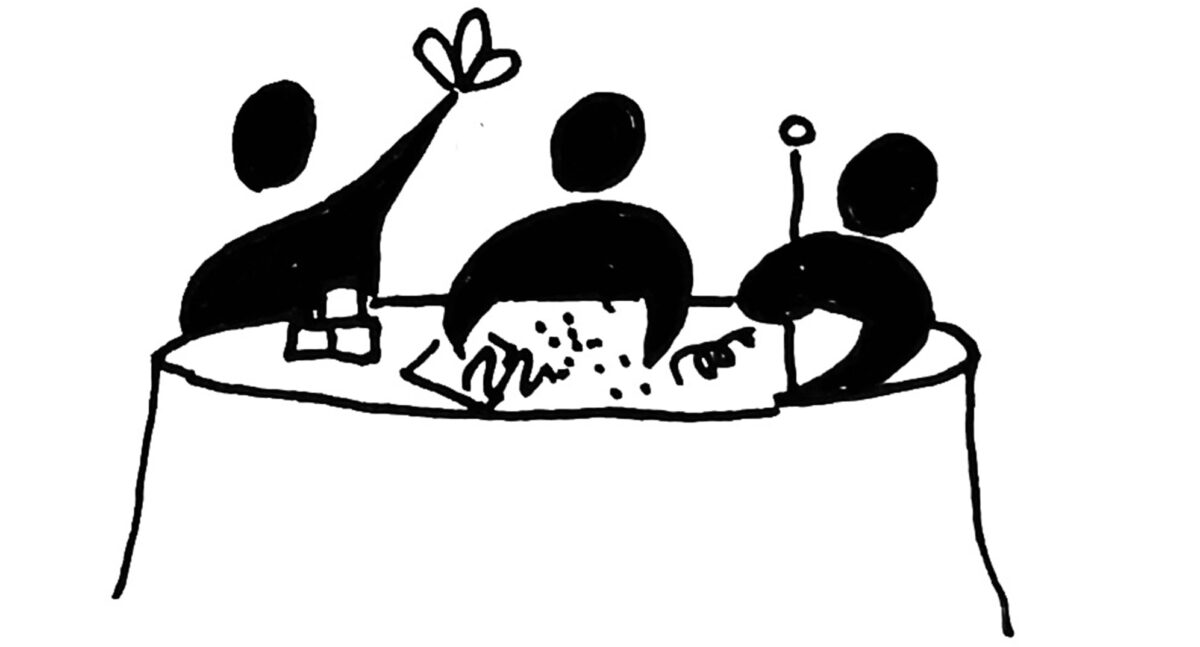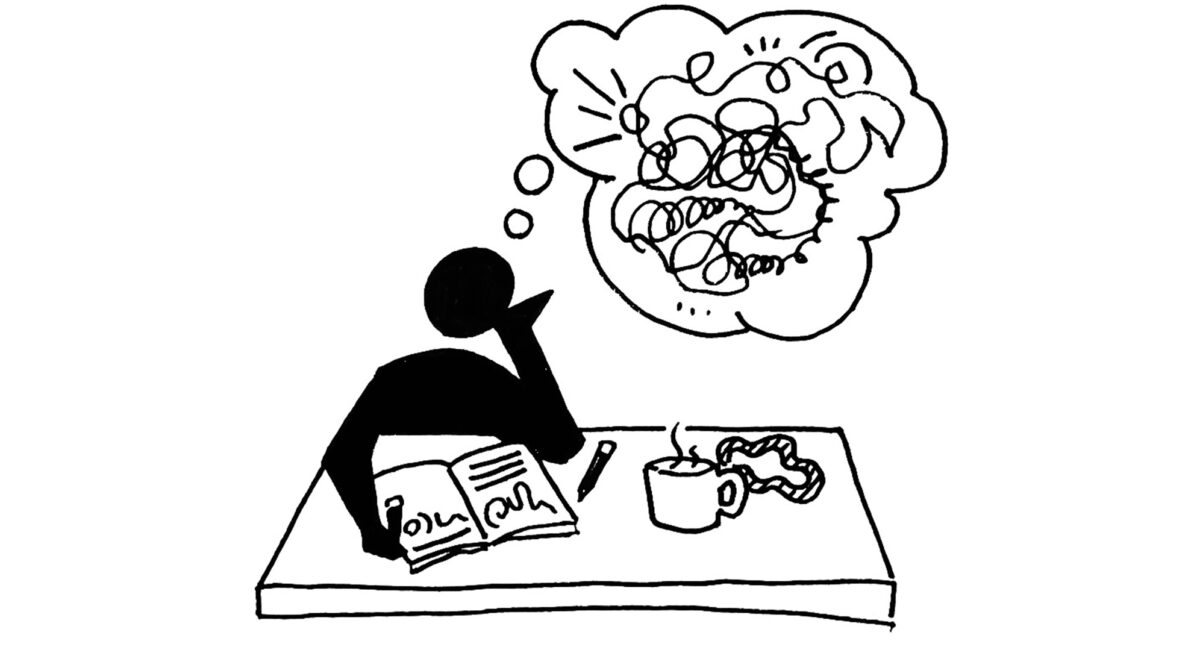Place It! is participation-based urban planning design practice founded by urban planner James Rojas and his partner John Kemp. In Place It!, model-building workshops and on-site interactive models help engage the public in the planning and design process. The goal is to help humanize planning processes by building relationships and trust between systems and the people who use them. As a participatory process, Place It! also works to remove barriers (I.e. age, skillset, and language) to authentic and meaningful engagement. Anyone can play. There are no right or wrong ways to play. The only requirement is that everyone participates in building a model. This tool works to create spatial knowledge and highlight attachment to places and spatial relationships, while emphasizing the idea that participants are the experts of their environments.
Materials: Construction paper, Place It! kits, flip chart paper and/or whiteboard
What are Place It! Kits?: Place It! uses everyday objects to allow people to think beyond words, broadening our communication and creative options. Gather objects from junk drawers, garage sales, thrift stores, or dollar stores. Here is a list of objects you can include in your Place It! Kits:
- hair rollers
- wine corks
- game chips
- artificial leaves, plants, flower
- small toys
- buttons
- plastic eggs
- battery-operated tea lights
- popsicle sticks
- pom pom balls
- dominos
- small animal figures
- straws
- wooden blocks
- yarn
- bead necklaces
- pipe cleaners
- ribbons
- sticky notes
- sponges
- random knick-knacks from your drawers
Steps:
- Set up a Place It! kits around the space.
- Start with an ice breaker question – a simple, reflection prompt for people to build in 15 minutes using the objects in the Place It! kits (ex: your favorite childhood memory, the first time you realized you were different, a safe space outside your home).
- Give each participant one minute to share their story using their built model. The facilitator should validate the experiences shared including commonalities and unique aspects of people’s experiences.
- In groups, ask participants to collaborate with the Place It! kits to build a solution to the topic at hand.
- Give each team 1-2 minutes to present their built projects. Ask that the project is presented as a story (ex: pick a date/time and tell us what is happening here).
- Take pictures of the models and make notes during the presentations – this can be helpful for sense-making later.
- Synthesize the outputs from the groups by listing common themes and ideas.
Considerations:
- These workshops can be done in as little as an hour, depending on the number of people present.
- If it is not possible to have people participate in an hour workshop, consider hosting a Place It! activity at an event or in a high traffic area. Focus on building the cultural hub and encourage people to work with others in creating a model if possible. Be sure to still capture and document the products created and stories told.
- This workshop can also be held virtually. Ask participants to prepare by gathering suggested household items to ‘play’ with.
References:
- Rojas, J. & Kamp, J. (n.d.). PLACE IT! Retrieved from https://www.placeit.org/index.html


